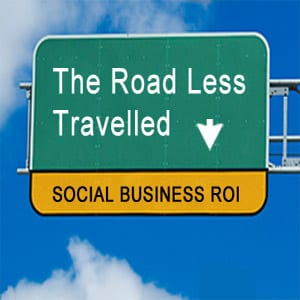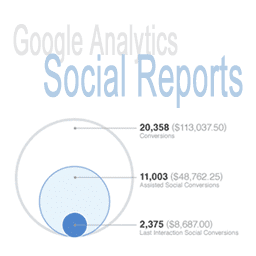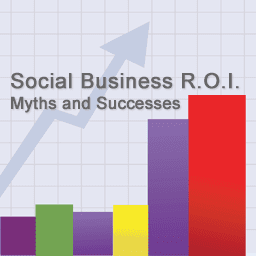Big Data and Social Media Analytics
Big Data, in case you’re unfamiliar, refers to data sets that are so large that they’re awkward to work with. Forget megabytes or gigabytes. With Big Data we’re currently working with terabytes, petabytes, exabytes and zettabytes of data (over 2.5 quintillion bytes daily and growing). Social Media (as a social instrument of communication) is greatly…




![Social Business and the Growth of Shared Value [Infographic]](https://4thweb.com/wp-content/uploads/Thumbnail-256x256.jpg)
